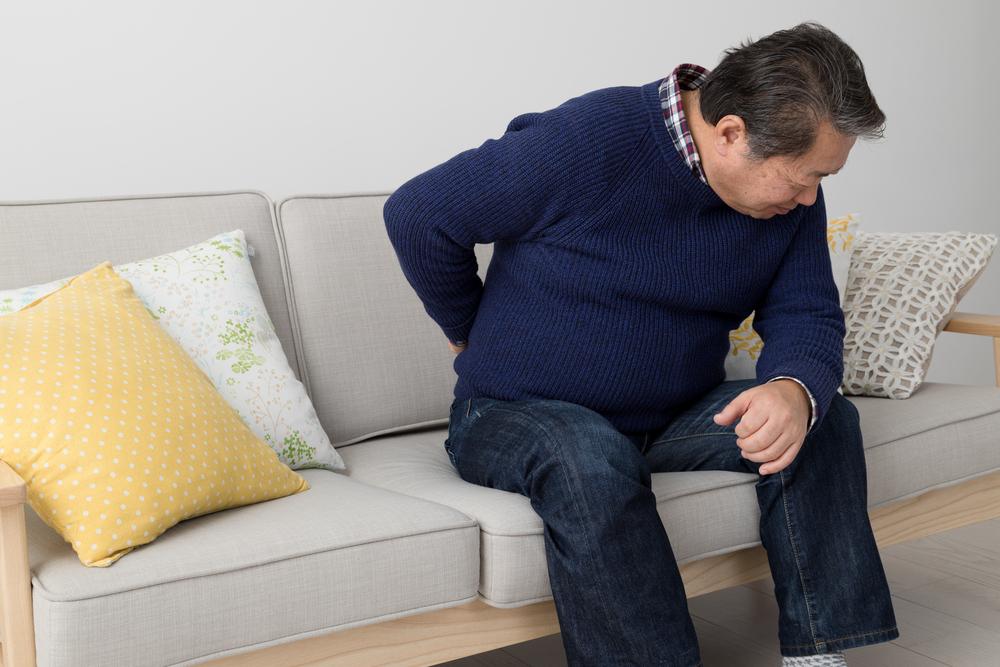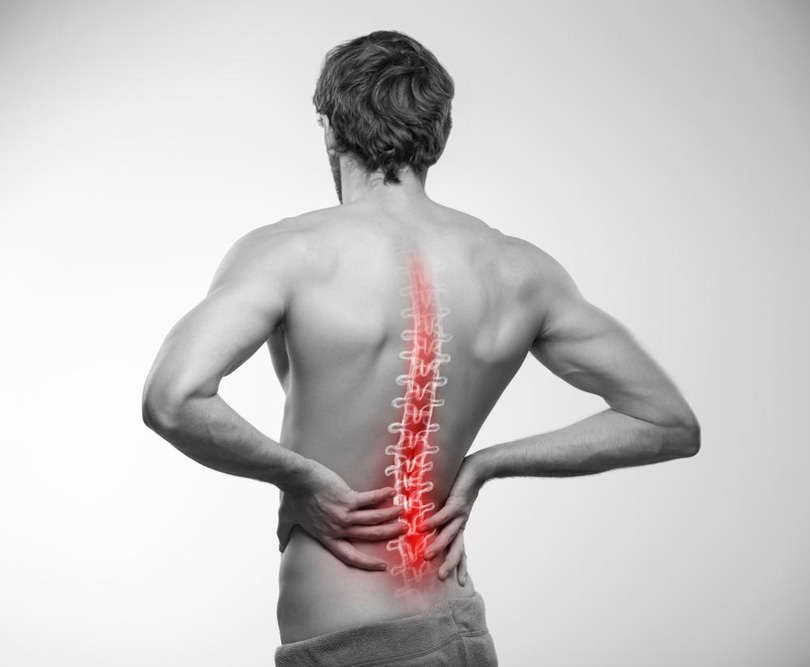Effective Strategies for Relieving Back Muscle Discomfort
Learn effective methods to alleviate back muscle pain through proper diagnosis, home remedies like ice and heat application, exercises, and medication. Recognizing symptoms and causes can help prevent chronic issues. Always consult a healthcare provider for persistent discomfort to avoid nerve damage and ensure proper recovery.

Effective Strategies for Relieving Back Muscle Discomfort
If you're experiencing back muscle pain but tend to ignore it, you might be risking further injury. Back discomfort is common and can affect anyone at some point in their life. Different types of back pain emerge from various causes. Some individuals find relief by lying down, while others prefer specific sitting positions, which varies from person to person.
Back pain can appear suddenly or develop gradually over time.
In some cases, poor sitting posture creates undue strain on back muscles, leading to pain. Lifting heavy or awkward objects can also cause muscle strains and sprains. Mild injuries may also result in muscle discomfort. Identifying the root cause of the pain is an essential first step before seeking treatment.
Common Causes of Back Muscle Pain
Understanding what triggers back pain helps guide effective treatment. Here are some typical reasons for back discomfort:
Physical Overexertion: Excessive physical activity or heavy lifting may cause muscle fatigue and pain. It’s important to work within your physical limits.
Herniated Disc: A slipped or prolapsed disc can cause sharp pain, numbness, and tingling sensations in the back and limbs.
Spinal Spondylitis: This inflammatory condition results in swelling of spinal joints, leading to stiffness and discomfort.
Broken Vertebrae: Fractures from falls or collisions, though less common, result in severe back pain.
Improper Bending or Lifting: Crouching or lifting with poor technique strains back muscles, causing soreness.
Recognizing Symptoms
It's vital to distinguish back pain symptoms, which may include muscle stiffness, restricted movement, or pain spreading to buttocks or thighs. Activities like coughing or sneezing can worsen discomfort. If these signs appear, prompt attention is recommended.
Proper Treatment Approaches
Use Cold Compresses: Applying ice packs quickly reduces swelling and alleviates pain. Use for 20-25 minutes every few hours for the first couple of days.
Engage in Regular Movement: Simple stretches and back-strengthening exercises, advised by a healthcare provider, help maintain muscle flexibility and prevent future pain.
Warm Therapy: After swelling decreases, applying heat via hot baths or warm compresses relaxes muscles and reduces stiffness.
Medication: Over-the-counter NSAIDs can relieve severe pain, but only after consulting a doctor. Rest should be combined with other therapies for optimal recovery.
Recovery varies by individual and cause severity. Ignoring persistent pain could cause nerve issues, so consult a healthcare provider at the earliest sign of discomfort.
Note:
Our blog offers comprehensive insights into health topics, but readers should consider consulting medical professionals for personalized advice. The information shared is for educational purposes and may not reflect all available treatments or schemes. We disclaim responsibility for inaccuracies or variations across different platforms.










